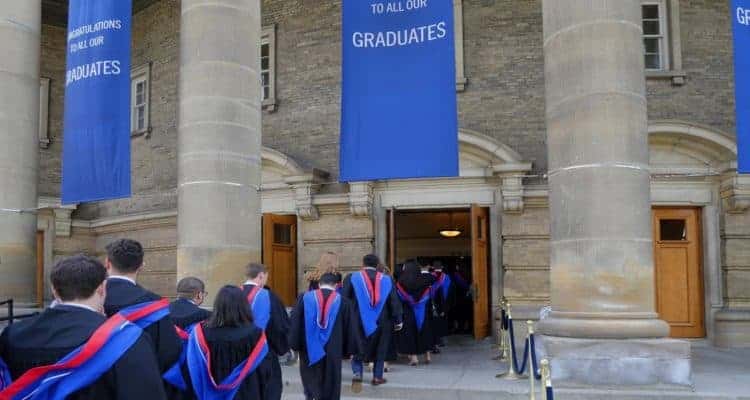Further family members and people travelling to Canada for compassionate reasons will soon be excluded from travel limitations.
Canada is opening up the border to permit expanded family members from Canadians, and individuals crossing the border for empathetic reasons to enter the country beginning Oct. 8.
Expanded family members who will have the option to come to Canada one week from now include:
- Pairs who have been in a personal dating relationship with a Canadian citizen or permanent resident for a minimum one year, and who have spent time in the bodily presence of their Canadian accomplice during the relationship, as well as their dependent kids;
- the kids of Canadians who are above the age 22, and are not viewed as dependent kids;
- grandchildren;
- siblings including half and step-siblings; and
- grandparents.
These individuals won’t need a basic cause to come to Canada as long as they are staying for over 15 days, and fulfill existing qualification and acceptability necessities. They will also required:
- to furnish IRCC with needed documentation, including a finished and signed legal announcement to show they fulfill the definition of a “expanded family member” of a Canadian;
- to travel with a legitimate passport and travel document, like as a visitors visa, or electronic travel approval;
- to have written approval from IRCC to go to Canada as an expanded family member.
“Like all passengers, expanded family members will be subject to all public health measures, including the required 14‑day isolate period upon come in Canada,” as indicated by the IRCC media release. “An official choice on who can enter Canada is made by an border services officer at a port of entry.”

IRCC says further data, for example, the definition of expanded family, as well as the process and necessities, will be accessible on October 8.They state that expanded family members ought not make any travel scheme until under the new regulations for come to Canada they have fulfill all necessities and gained all the essential authorizations letters.
Compassionate reasons for travel to be exempt from restrictions
Foreign nationals will also have the option to come to Canada for sympathetic causes, including being present during the last time of life for a friend or family member, offering help to intensely sick individuals, and thinking about individuals who need medical help. They may also go to a funeral or end-of-life function.
Despite the fact that compulsory quarantine regulations are still present, some individuals will have the option to gain a restricted release from confinement for empathetic causes. The restricted release from isolate will also apply to Canadians coming back to Canada from overseas.
Data on the best way to demand the exclusion for empathetic causes and restricted release from required isolation will be accessible on the Public Health Agency of Canada website on October 8.Provinces and regions may have extra necessities.
“The updates reported today react to the requirements of Canadian families who have been separated from their friends and family by international borders, some of whom are confronting the most problem time of their life,” read a quote attributed to Mendicino in a media release.






